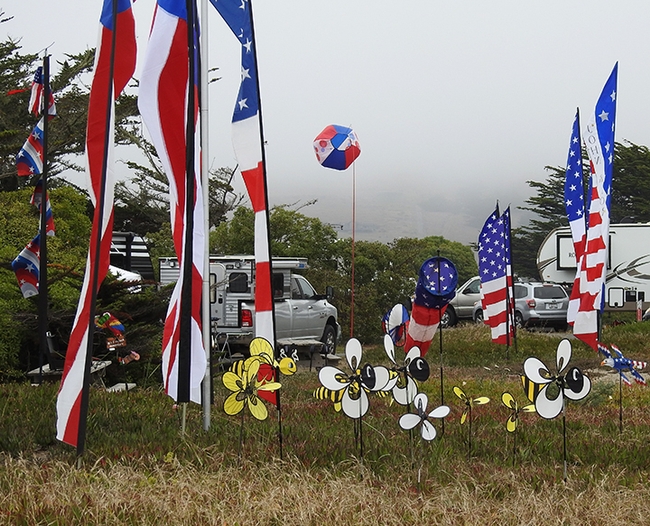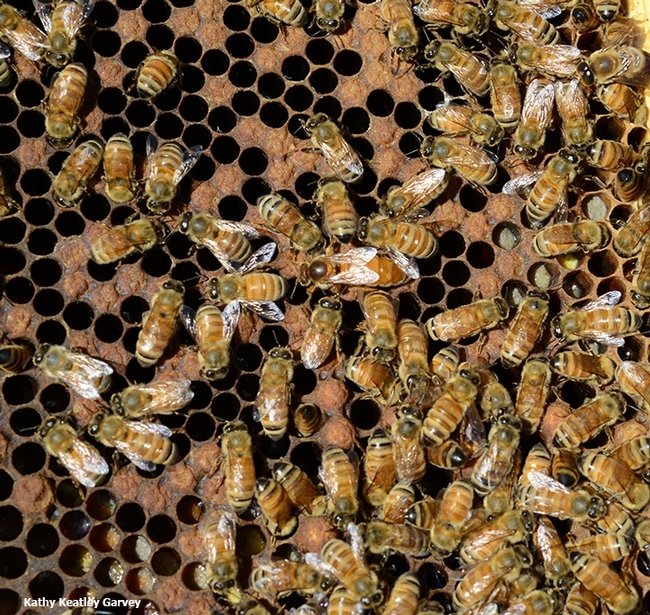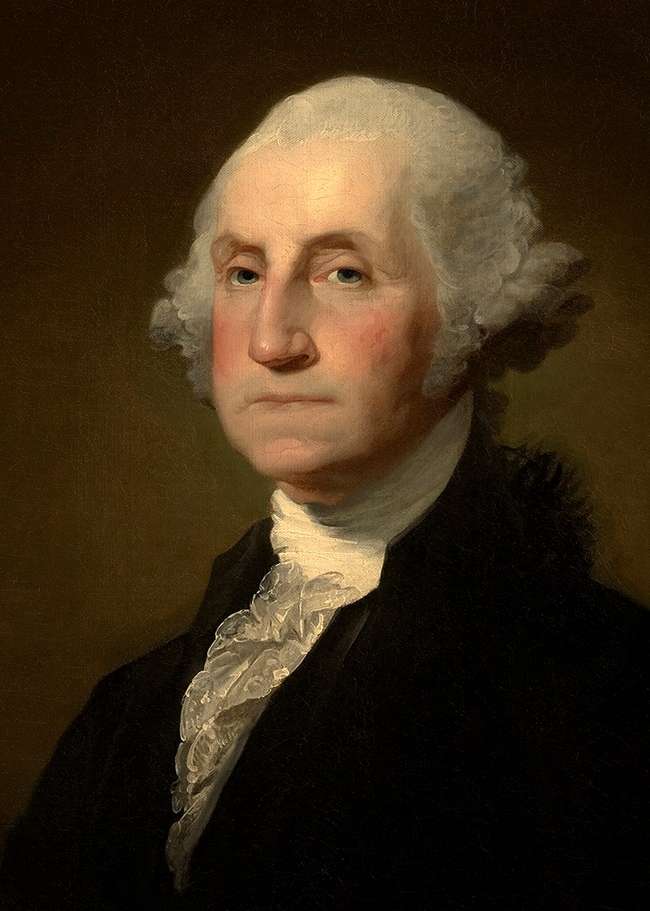
And the yellow.
On a camping trip last week to Doran Regional Park, Bodega Bay, we admired our neighbors' display of American flags—bordered with a dozen honey bees.
These bees, however, didn't buzz. They spun.
The colorful yellow, black and white mobiles attacked the wind like fierce little windmills, livening up the campground.
“Are you beekeepers?” I asked the neighbor.
“No,” she replied. “We just like bees.”
So did George Washington (1732-1799), the founding father of our country.
Mount Vernon research historian Mary Thompson notes that George Washington was the first U.S. president to keep bees. In Washingtonpapers.org, she writes that his "indentured English joiner," Matthew Baldridge, received 300 nails at the Circle Storehouse on July 28, 1787 "to make a bee house."
"Two days later, Matthew received another 200 nails for the same project," Thompson notes. "In addition to getting honey from his own bees, George Washington is known to have purchased honey, as well as other foodstuffs such as chickens, eggs, vegetables, and fruit from his slaves. Honey, for example, was acquired at various times from Nat (a blacksmith); Davy, who was an enslaved overseer;and carpenters Sambo an Isaac, indicating that they, too, probably kept bees."
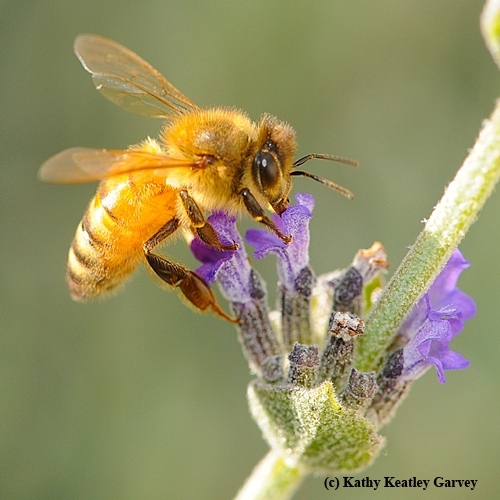
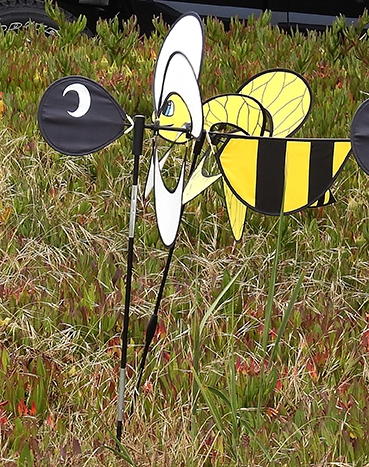
Thompson says President Washington also liked cake spread with honey and butter: "A visitor from Poland reported that Washington had “tea and caks (sic) made from maize; because of his teeth he makes slices spread with butter and honey….”
And, according to step-granddaughter Nelly Custis, Washington "ate three small mush cakes (Indian meal) swimming in butter and honey," and "drank three cups of tea without cream."
The founding father also liked gifts of honey. Knowing his fondness for honey, sister Betty Washington Lewis gifted him with a "large Pot of very fine in the Comb," when the president was recovering from a serious illness.
The Mount Vernon research historian also relates: "At the close of Washington's presidency eight years later, among the many things the family packed to ship back to Mount Vernon from Philadelphia was 'one demijohn with honey.' A demijohn was a very large glass bottle, covered with wickerwork."
Honey for the hoecakes, hoecakes swimming in honey...
Attached Images:
